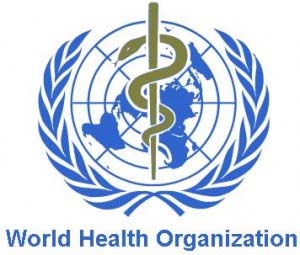 This integrates the third edition, which was published in 2004, with both the first addendum to the third edition, published in 2006, and the second addendum to the third edition, published in 2008. It supersedes previous editions of the Guidelines and previous International Standards.
This integrates the third edition, which was published in 2004, with both the first addendum to the third edition, published in 2006, and the second addendum to the third edition, published in 2008. It supersedes previous editions of the Guidelines and previous International Standards.
This edition of the Guidelines further develops concepts, approaches and information introduced in previous editions, including the comprehensive preventive risk management approach for ensuring drinking-water quality.
The new Guidelines also include recommendations on:
- Drinking-water safety, including minimum procedures, specific guideline values and how these should be used;
- Microbial hazards, which continue to be the primary concern in both developing and developed countries;
- Climate change, which results in changing water temperature and rainfall patterns, severe and prolonged drought or increased flooding, and its implications for water quality and water scarcity, recognizing the importance of managing these impacts as part of water management strategies;
- Chemical contaminants in drinking-water, including information on chemicals not considered previously such as pesticides used for disease vector control in stored drinking-water;
- Key chemicals responsible for large-scale health effects through drinking-water exposure, including arsenic, fluoride and lead, and chemicals of public concern such as nitrate, selenium, uranium and disinfection-by-products.
The Guidelines are regarded globally as the most authoritative framework on drinking-water quality and often form the basis for national laws and regulations. In addition to highlighting common challenges in providing safe and clean water, the Guidelines map out new solutions. For the first time, comprehensive good practice recommendations are provided for all levels, from household rainwater harvesting and safe storage through to policy advice on bulk water supply and the implications of climate change.
It calls on governments to strengthen their management of drinking-water quality by adopting a "Water Safety Planning" approach. When implemented by individual countries this approach can yield significant and sustainable improvements in public health. It requires a paradigm shift in drinking-water management for many countries. The Guidelines compel water suppliers to systematically assess the potential risk of contaminants to enter water, from the catchment to the consumer, take action based on their findings, and document the process.
The Guidelines includes hundreds of risk assessments on specific waterborne hazards and have been updated based on the latest scientific evidence. For the first time this also includes specific guidance on emerging contaminants of concern in drinking-water. Such guidance is crucial in addressing widespread concerns over potential human health risks arising from traces of pharmaceuticals detected in drinking-water.
The new Guidelines’ emphasis on a preventive and holistic approach in the safe management of drinking water quality is timely in light of the emerging challenges that the world faces. The sourcebook will be a vital tool in working towards ensuring right to water.
Download the new Guidelines here -
/articles/guidelines-drinking-water-quality-fourth-edition-world-health-organisation-2011